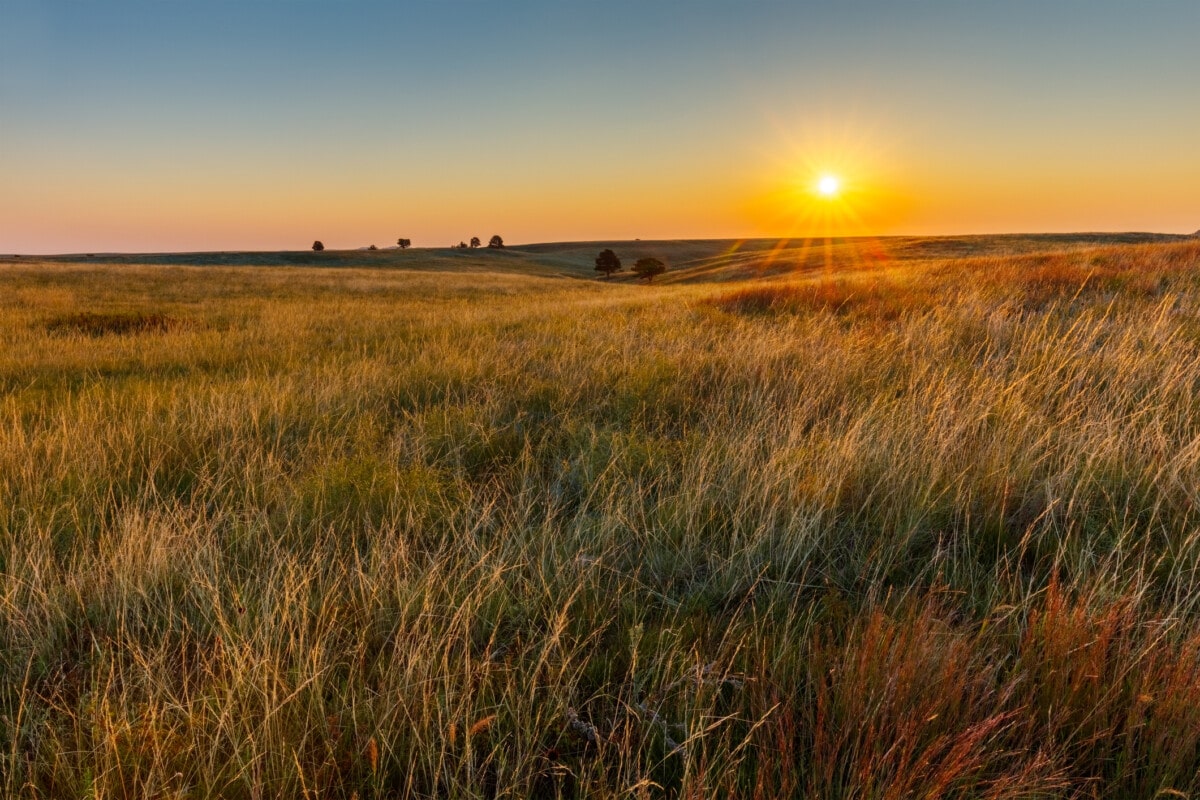Hidden Indigenous Trading Centers Of The Great Plains

Have you ever wondered about the hidden Indigenous trading centers of the Great Plains? These bustling hubs were vital for commerce, culture, and community among various tribes. Long before European settlers arrived, Indigenous peoples established complex networks for trading goods like furs, tools, and food. These centers were more than just markets; they were places where stories, traditions, and innovations were shared. Imagine the vibrant scenes of people from different tribes coming together, exchanging not just items but also ideas. Understanding these trading centers offers a glimpse into the rich history and ingenuity of Indigenous cultures. Ready to learn more about these fascinating places?
Hidden Indigenous Trading Centers of the Great Plains
The Great Plains, stretching across North America, hold secrets of ancient trade routes and bustling markets. Indigenous tribes thrived here, creating vibrant trading hubs. Let's uncover some of these hidden gems.
Ancient Trade Routes
Trade routes crisscrossed the Great Plains, connecting tribes and fostering cultural exchange. These paths were the lifelines of commerce and communication.
The Missouri River Corridor: This river served as a major trade artery. Tribes like the Mandan and Hidatsa used it to transport goods such as bison hides, pottery, and crops.
The Santa Fe Trail: Linking Missouri to New Mexico, this trail saw the exchange of goods between Plains tribes and Spanish settlers. Items like horses, silver, and textiles moved along this route.
Bustling Marketplaces
Marketplaces were the heart of indigenous trade, where tribes gathered to barter, socialize, and celebrate.
Cahokia Mounds: Near present-day St. Louis, this site was a bustling trade center. Cahokia's grand plaza hosted traders from as far as the Great Lakes and Gulf Coast, exchanging copper, shells, and exotic goods.
Pawnee Earth Lodge Villages: Located in Nebraska, these villages were key trading spots. The Pawnee traded bison products, corn, and crafted items with neighboring tribes and European settlers.
Cultural Exchange Hubs
These trading centers were not just about goods; they were melting pots of ideas, traditions, and innovations.
The Black Hills: Sacred to many tribes, the Black Hills were also a trade hub. Tribes like the Lakota and Cheyenne exchanged goods and shared spiritual practices here.
The Mandan Villages: Situated along the Missouri River, these villages were cultural crossroads. The Mandan traded agricultural products and crafted goods, influencing and being influenced by other tribes.
Forgotten Trading Posts
Some trading posts have faded into obscurity, yet they played crucial roles in the indigenous economy.
Fort Union Trading Post: Located in present-day North Dakota, this post was a major trading hub in the 19th century. Tribes traded furs, horses, and other goods with European traders here.
Bent's Old Fort: Situated in Colorado, this fort was a key trading post on the Santa Fe Trail. Plains tribes traded buffalo robes, horses, and other items with American and Mexican traders.
Seasonal Trade Fairs
Seasonal trade fairs were vibrant events where tribes gathered to trade, celebrate, and strengthen alliances.
The Arikara Trade Fair: Held annually along the Missouri River, this fair attracted tribes from across the Plains. The Arikara traded agricultural products, crafted goods, and horses.
The Kiowa Sun Dance: This annual event was not just a religious ceremony but also a trade fair. The Kiowa and other tribes exchanged goods, stories, and traditions during this gathering.
The Legacy of Indigenous Trading Centers
Indigenous trading centers on the Great Plains were more than just marketplaces. They were hubs of culture, innovation, and community. These centers connected various tribes, fostering relationships and sharing knowledge. Items like buffalo hides, pottery, and tools were exchanged, but so were stories, traditions, and skills. This rich exchange helped shape the history and development of the region.
Today, understanding these trading centers gives us a deeper appreciation for the ingenuity and resilience of Indigenous peoples. It highlights their role in creating a vibrant network that spanned vast distances. By acknowledging this legacy, we honor their contributions and ensure their stories are remembered. Exploring these trading centers offers a glimpse into a world where trade was not just about goods, but about building connections and sustaining communities.

